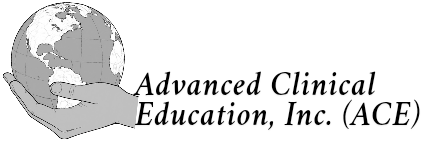Joint Mobilization from Hand to Elbow: Techniques & Clinical Benefits
Joint mobilization is a cornerstone technique in physiotherapy, especially when it comes to restoring function, improving mobility, and relieving pain in the upper limb. From the delicate joints of the hand to the powerful hinge of the elbow, targeted mobilization plays a key role in managing a variety of musculoskeletal conditions. Whether it’s post-surgical stiffness, arthritis, or repetitive strain injuries, mobilization techniques tailored for the hand-to-elbow segment can significantly accelerate recovery and restore optimal movement.
What is Joint Mobilization?
Joint mobilization is a manual therapy technique involving controlled, passive movements applied to joint surfaces. These movements aim to increase joint range, reduce pain, and improve the quality of motion by addressing restrictions in the joint capsule and surrounding soft tissues.
Mobilization is typically performed using specific grades of movement, ranging from gentle oscillations (Grade I) to deeper stretches (Grade IV), depending on the therapeutic goal.
Importance of Hand-to-Elbow Mobilization
The upper extremity is a complex chain of joints, including the:
- Wrist (radiocarpal, intercarpal joints)
- Hand (metacarpophalangeal and interphalangeal joints)
- Forearm (radioulnar joints)
- Elbow (humeroulnar, humeroradial joints)
Any dysfunction in one part can affect the entire kinetic chain, limiting function and causing compensatory pain or movement patterns. Mobilizing joints from the hand to elbow ensures that each link in the chain regains proper mobility and alignment, essential for coordinated upper limb function.
Common Conditions Treated
Joint mobilization is used to manage a wide range of conditions, including:
- Post-fracture or post-surgical stiffness
- Osteoarthritis of the wrist or elbow
- Tennis or golfer’s elbow
- Carpal tunnel syndrome
- Tendonitis and tenosynovitis
- Frozen elbow or stiff fingers
Techniques Used
Therapists use various techniques depending on the affected joint and the therapeutic goal:
- Distraction & Glides: Common in wrist and finger joints to relieve compression and restore movement.
- Rotational Mobilization: Especially useful for the radioulnar joints for pronation/supination issues.
- Oscillatory Movements: Applied at the elbow to reduce pain and stiffness.
- Accessory Motions: Mobilizing joints in directions not achieved voluntarily (e.g., ulnar glide of the wrist).
All techniques are applied with precision, considering joint orientation, tissue resistance, and patient comfort.
Benefits of Joint Mobilization
- Pain Reduction – Mobilization decreases joint and nerve irritation.
- Improved Range of Motion – Helps break adhesions and stretch tight capsules.
- Enhanced Circulation – Promotes healing through increased blood flow.
- Neuromuscular Re-education – Facilitates proper movement patterns by stimulating joint mechanoreceptors.
- Functional Recovery – Restores the ability to perform daily activities with improved ease and comfort.
Conclusion
Joint mobilization from the hand to the elbow is a vital component of upper extremity rehabilitation. By restoring motion, reducing pain, and enhancing joint function, this hands-on approach empowers therapists to help patients regain confidence and control in their daily lives. When applied correctly, it transforms recovery outcomes and supports long-term joint health.

